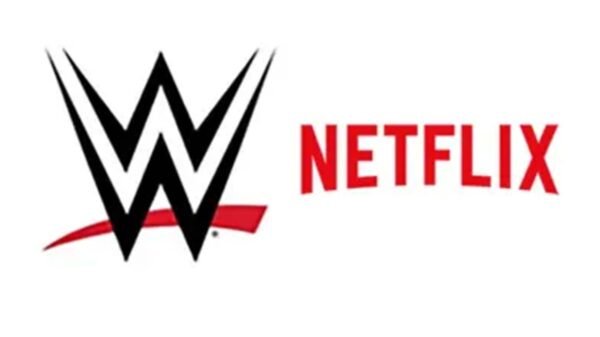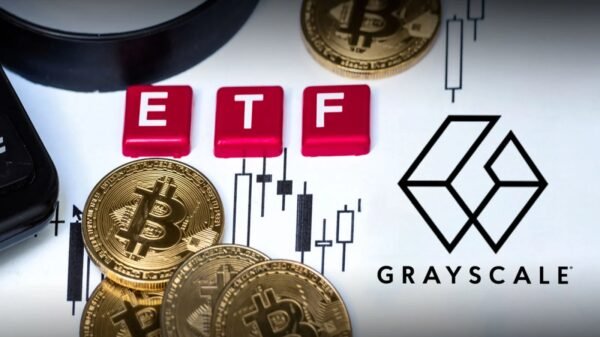Items spending was supported by robust demand for motor automobiles and leisure merchandise, whereas providers spending noticed notable contributions from monetary providers, recreation actions, and healthcare. The private financial savings fee, nevertheless, edged decrease to 4.4%, reflecting greater spending relative to disposable revenue.
What’s Behind the Easing Inflation?
The November knowledge underscores a slowdown in inflationary pressures. Core PCE, which excludes unstable meals and power costs, rose by simply 0.1% month-over-month and a pair of.8% year-over-year. Power costs dropped by 4.0% in comparison with November 2023, whereas meals costs elevated by 1.4%. Providers prices remained a key driver of general inflation, rising 3.8% yearly, whereas items costs declined 0.4%.
The comparatively steady month-to-month inflation figures mirror softer pricing in sectors like power and items, bolstered by cooling provide chain pressures and cautious shopper demand.
How Do Revisions Affect the Broader Pattern?
Up to date estimates for prior months point out that private revenue and spending had been barely stronger than initially reported for September and October. These changes recommend a extra resilient shopper sector heading into the ultimate quarter of 2024, supported by regular wage progress and easing inflation.
Brief-Time period Implications
The newest inflation figures bolster expectations of the Federal Reserve holding rates of interest regular in upcoming coverage conferences. The continued deceleration in inflation, particularly in core measures, aligns with the Fed’s 2% goal. Coupled with resilient shopper spending and revenue progress, the short-term market outlook seems reasonably bullish for equities, notably in consumer-driven sectors.
Nevertheless, the lowered financial savings fee alerts potential future constraints on spending, warranting warning for long-term sustainability. Merchants ought to monitor upcoming financial knowledge, particularly labor market stories, for additional perception into the Fed’s coverage path.























































